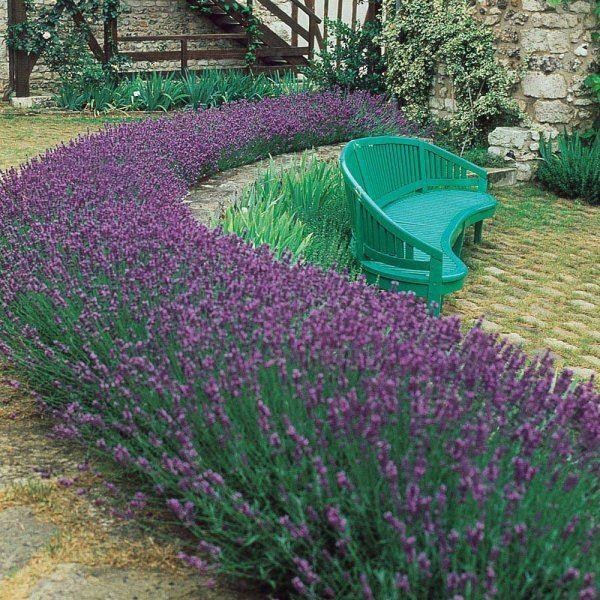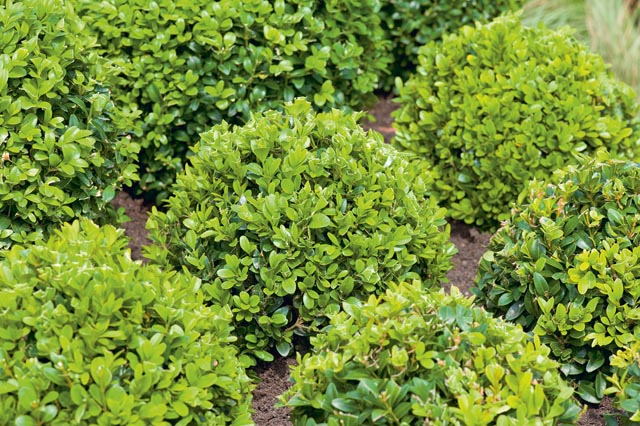 Ask Chris Brown from Browns Nurseries.
Ask Chris Brown from Browns Nurseries.
Q. Chris, how do I prune lavender to keep it tidy and flowering throughout the summer?
English lavender is a fully to half hardy evergreen shrub with aromatic, often grey-green foliage and scented flowers, which are usually mauve or purple, but sometimes white and pink, in summer. Lavender is best grown in rows to form a low, flowering hedge.
To use as a hedge, or as edging, plant nine-12 inches part. Annual pruning keeps specimen and hedging plants compact and clothed with foliage to ground level. There are many cultivars and hybrids, including ‘hidcote’ and ‘the dwarf munstead’.
When to prune
In warm climates prune in autumn. However, in cooler climates only deadhead in autumn to tidy the plant, delaying pruning until the spring. Prune young plants hard to encourage bushy growth. Clip over established plants, removing most of the previous seasons growth. If dead-heading in autumn, simply remove the long, bare flower stems, leaving the foliage on the plant over winter to protect young growth buds. Prune hedges in the same way.
 Be sure to replace old and neglected specimens with new plants when you can, and enjoy the great look, and – more importantly – the smell of these lovely plants.
Be sure to replace old and neglected specimens with new plants when you can, and enjoy the great look, and – more importantly – the smell of these lovely plants.
Shrubs for tubs
If it’s a formal look you’re after, clipped bay trees by the front door, a shaped yew tree on the patio, and upright conifers on the balcony will add a touch of class to even the smallest garden.
Bay ‘laurus nobilis’ responds well to formal clipping and is ideal to use in pairs by the front or back door. There is also the bonus of bay leaves for the kitchen. Box ‘boxus sempervirens’ thrive on formal clipping, and is really tough. You can buy ready-clipped plants from good nurseries and garden centres, though you will still have to keep it trimmed.
If you want to train your own, which is much cheaper, buy a tall growing variety and cut it into shape as it grows. Many informal shrubs (those with a loose outline or spreading profile such as Japanese maples and aucuba Japonica) make excellent container shrubs.
Choosing pots that match your shrub and patio is very important because a tall shrub in a small pot will always blow over when it is windy, and probably break. Planting is important, too: place a thick layer of crocks or large gravel in the bottom of the container to improve drainage, remembering that it must also have drainage holes. Add a good loam-based compost, such as John Innes No. 3, to a depth that will bring the root-ball to within two inches of the rim of the container.
Don’t depend on garden soil, as container plants use a lot of nutrients and the soil probably won’t have enough to feed the plant. Remove the shrub from the container, teasing out a few of the large roots, and trickle compost around until it’s level with the top of the root ball, then water well. Water two to three times a week in the summer, and once a week in winter. After that, regular feeding is a must. Enjoy!











Add a comment